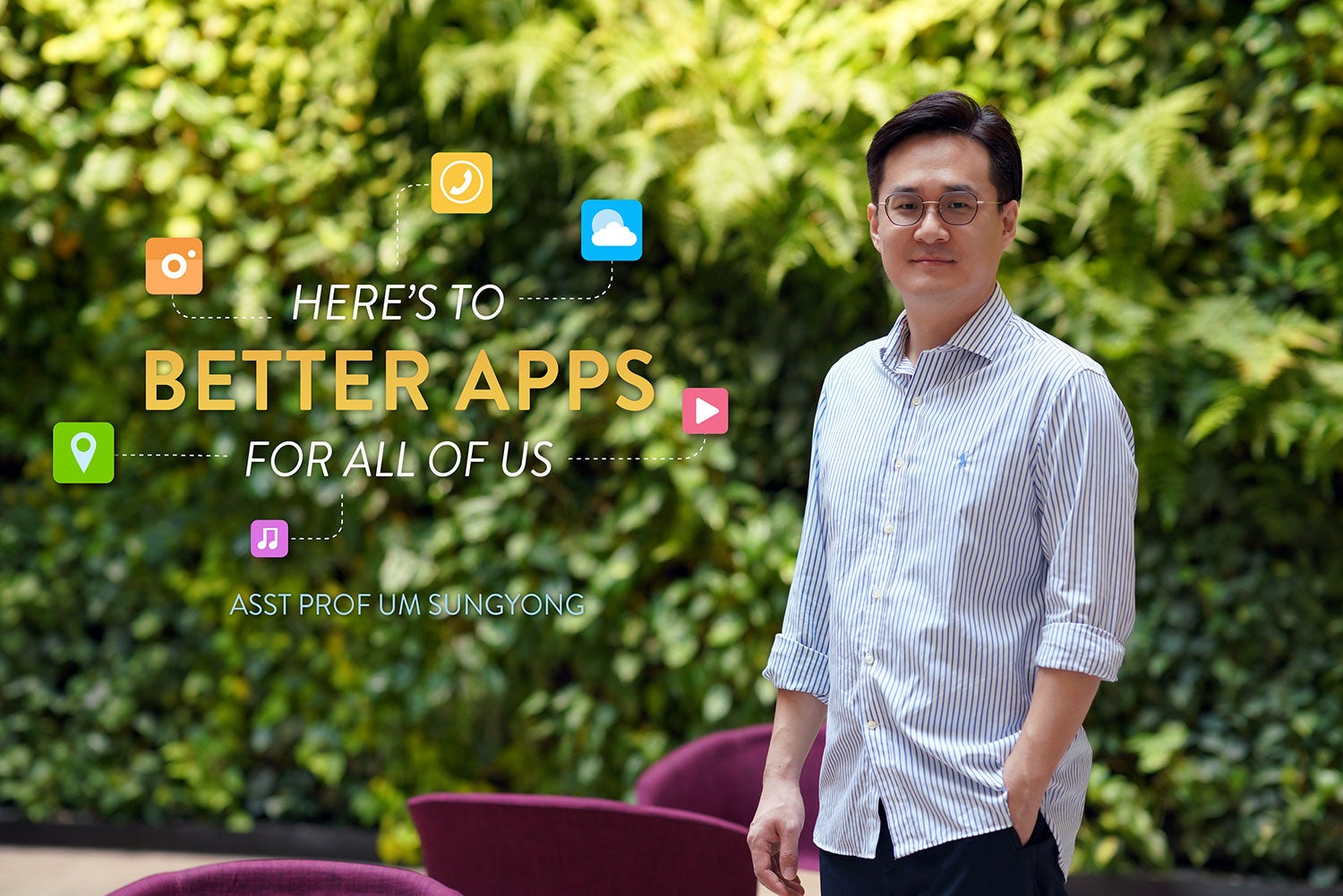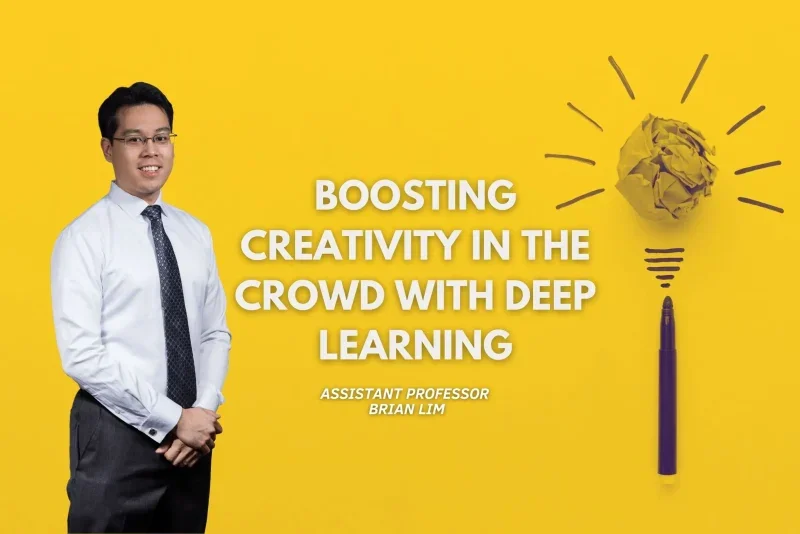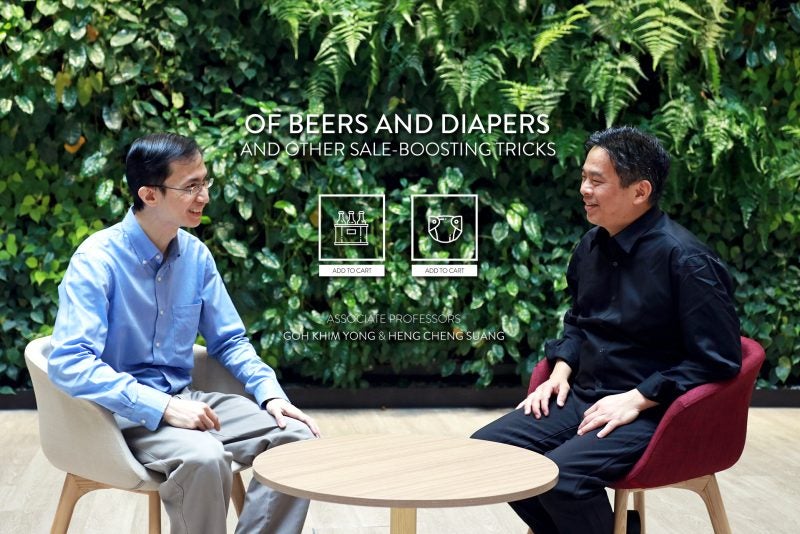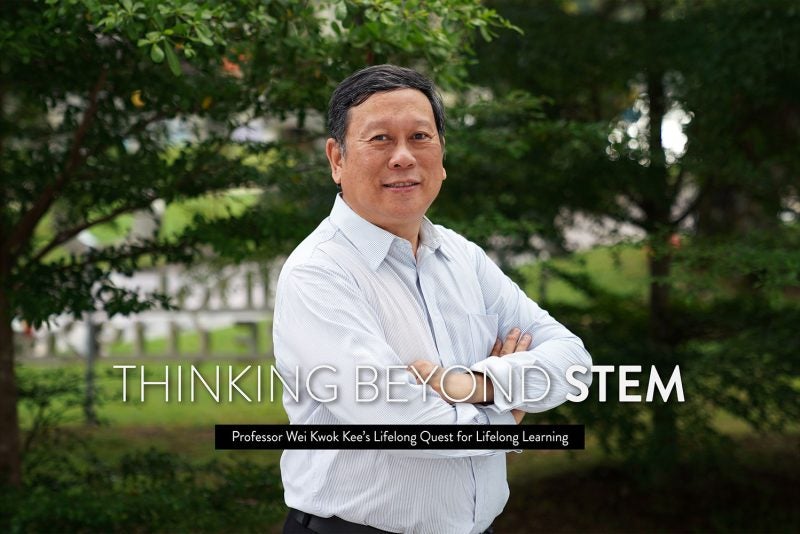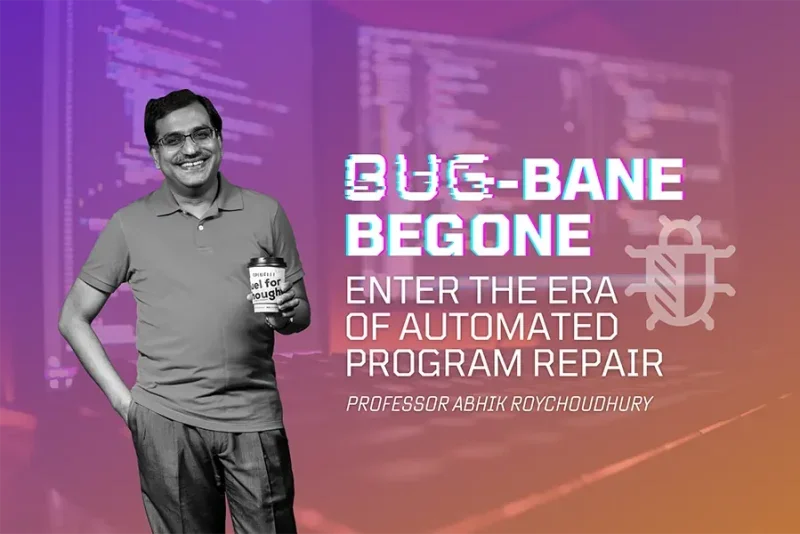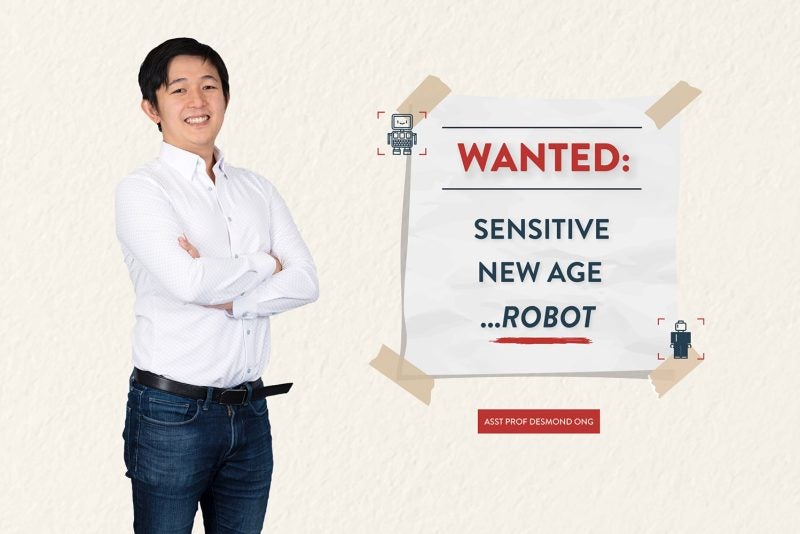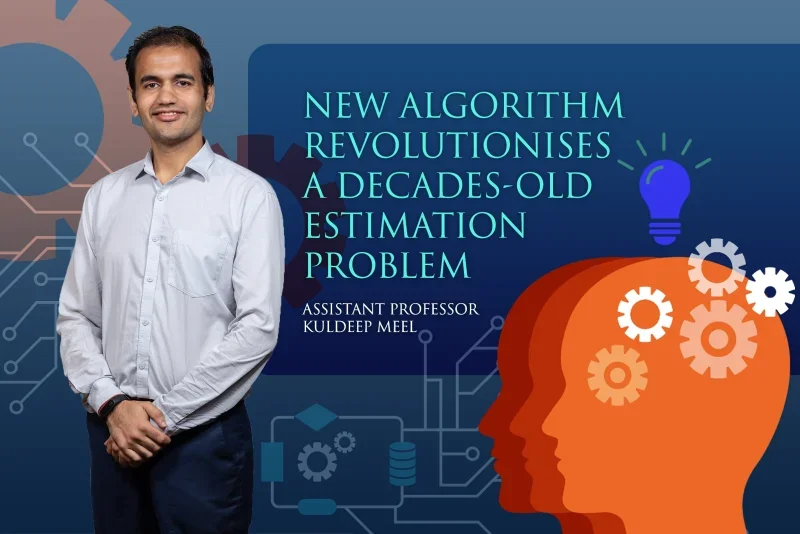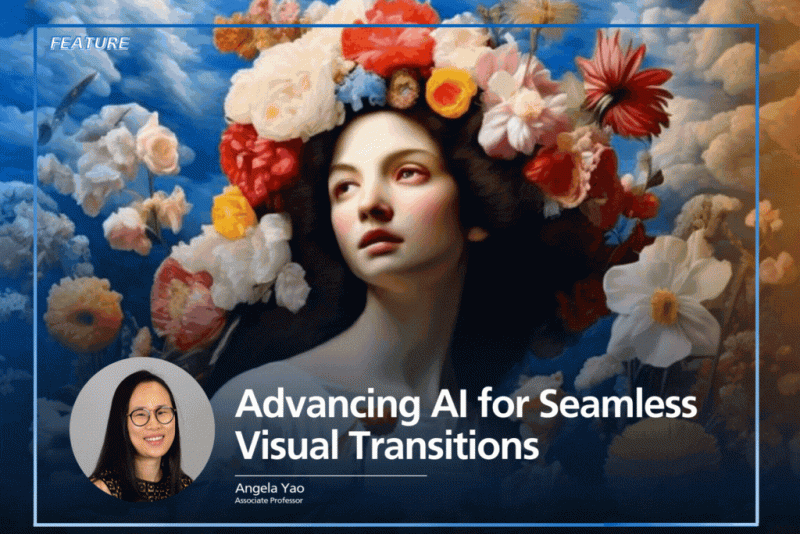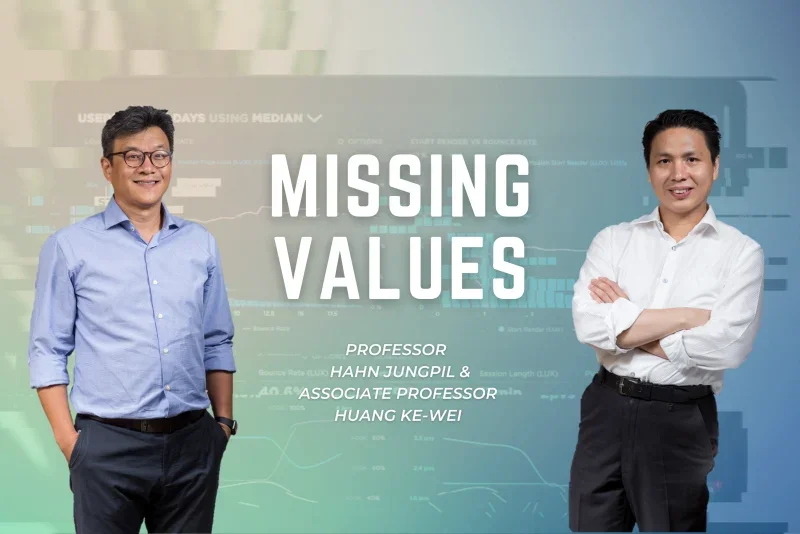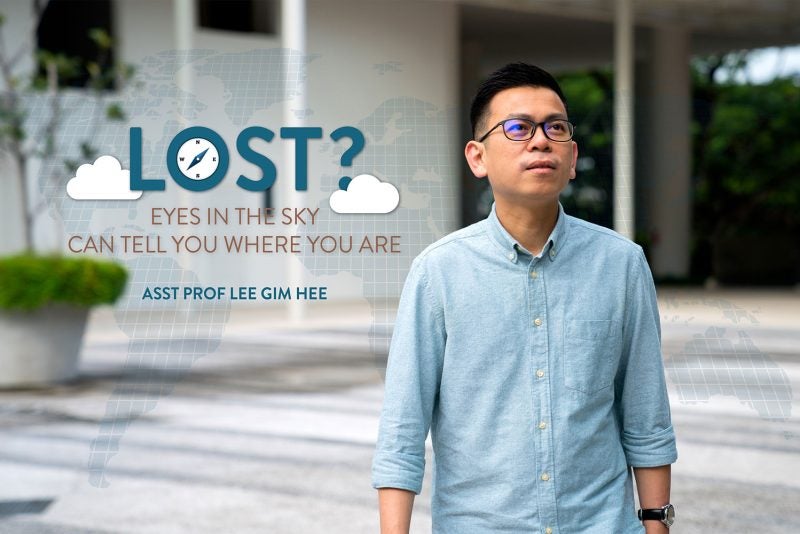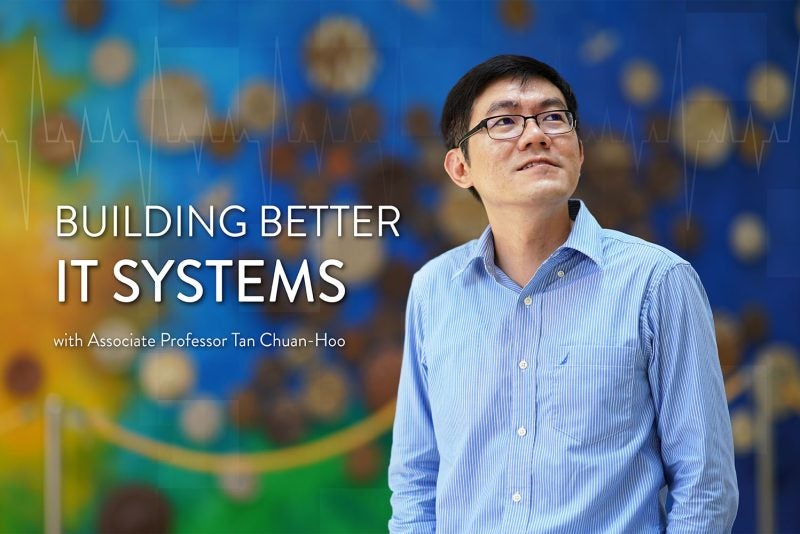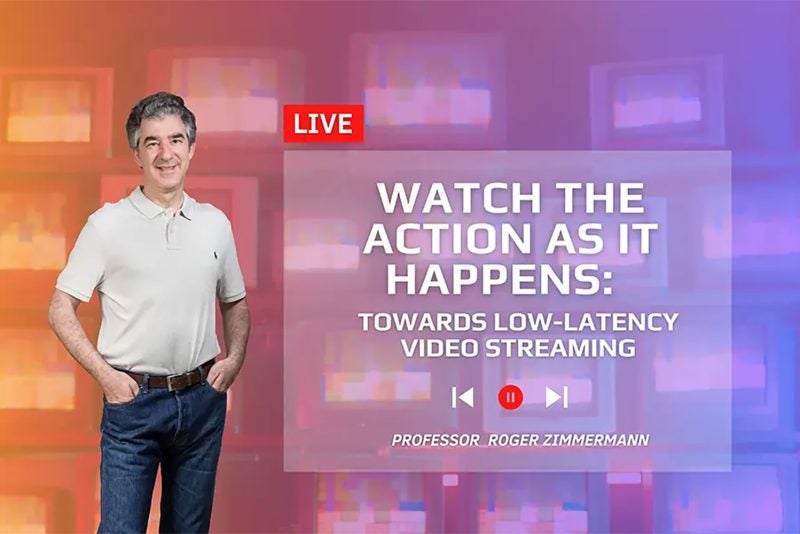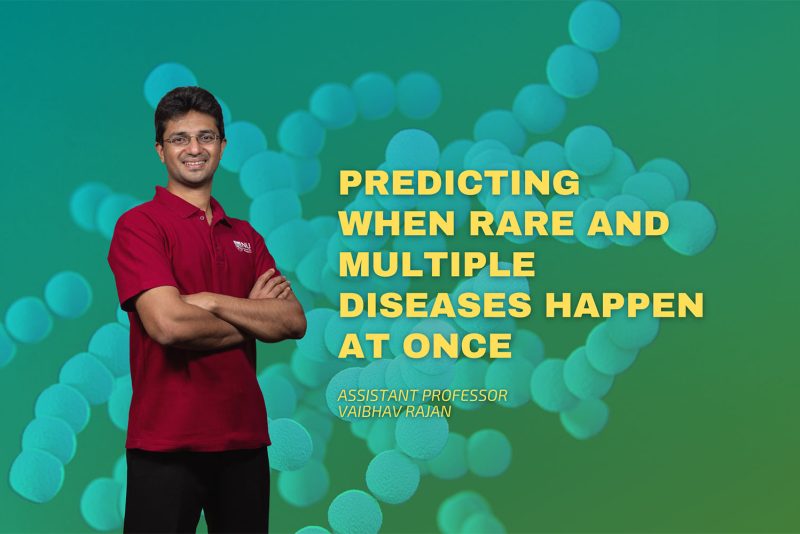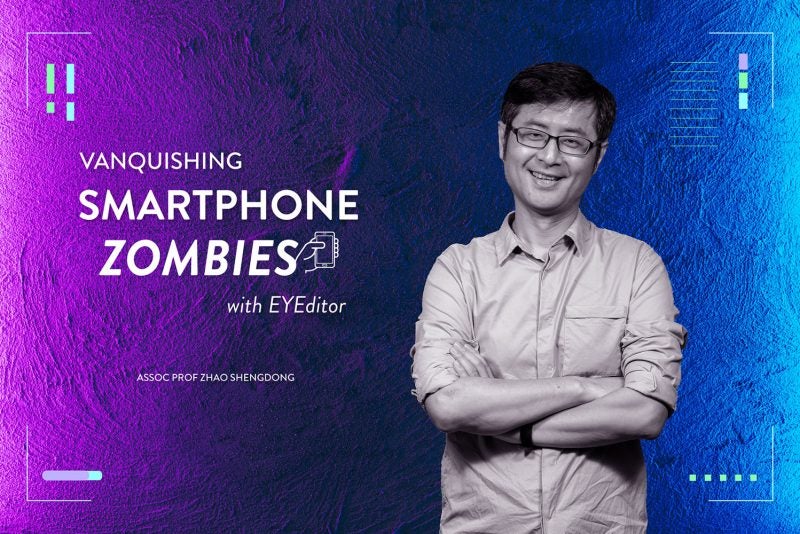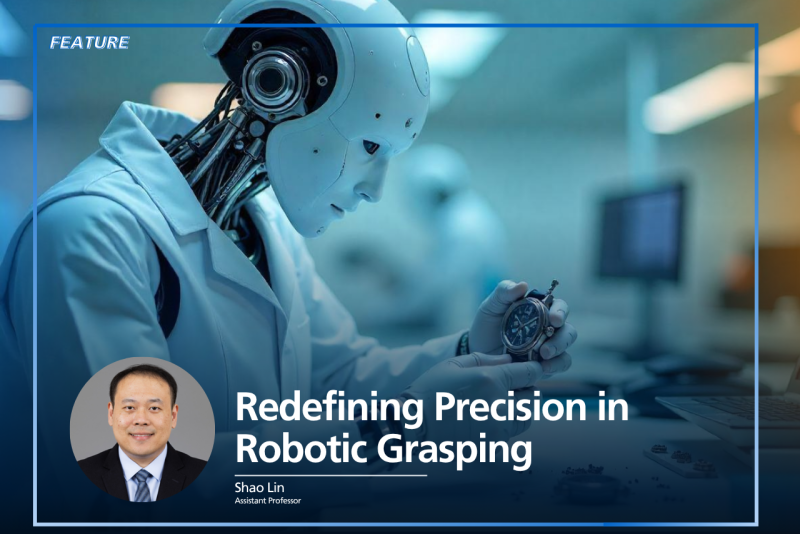This is a scenario that’s probably familiar to many of us: You touch down at your long-awaited holiday destination, collect your luggage, and step outside the airport, raring to go. Now you need to find your way to the Airbnb, so you whip out your phone and plug the address into Google Maps. Or Apple Maps, or Waze, or MapQuest, or Maps.Me, or HERE WeGo.
Once you’ve dropped off your bags, you’re ready to get some lunch, so you turn to Yelp for recommendations. Or perhaps you prefer TripAdvisor, FourSquare, OpenTable, or Zomato. Whatever your favourite apps are, the point is: there’s a stunning array of them to choose from. And not just when it comes to navigation or finding food.
With so many options available for users to pick and choose from, how do developers make their apps stand out in a sea of fiercely intense competition? And how can platform owners, such as iOS and Android, foster a thriving ecosystem that encourages the innovation of new apps — a process that is crucial to their success in the long run?
“Even though a lot of people say that platform innovation and ecosystem are important, we don’t actually clearly know how things work inside,” says Assistant Professor Sungyong Um from the Department of Information Systems and Analytics at NUS School of Computing. Digital innovation is a topic that Um has been studying for a few years now. “My basic research question is: what is the underlying evolutionary mechanism of platform ecosystems?”
Combinations and connections
The field of exploring what characteristics a digital platform has to enable apps to succeed isn’t entirely new, but Um says the approach he’s taking is novel. Previous studies on platform systems tend to focus on the issue from “a human perspective,” he says, exploring how factors such as recommendations from other users and collaborations with other developers can influence whether a user decides to purchase an app or not.
“But I focus on the technological perspective,” says Um. More specifically, he is interested in looking at the assets within an ecosystem, called boundary resources, and how well those integrate with one another to create new apps. In industry speak, this process is called re(combinatorial innovation). “One application or any of its components can be the source of another application, so there’s a kind of chain reaction,” says Um.

To understand this concept, Um says to think of the ride-hailing app Uber. “Uber offers geographical locations, which comes from Google Maps. And it uses PayPal for financial transactions. It also lets users login via Facebook.” Each of these are separate applications, which have their own individual Application Programming Interfaces, or APIs — sets of instructions or protocols that specify how software components can interact with one another. Platform systems have the capability to allow heterogenous APIs to “be combined together, creating new functions for Uber and other applications,” say Um. “However, they are not originally expected to be combined together.”
“So the ecosystem has a network of app design activities possibly connected with other design activities,” he says. “If we can figure out how applications are designed and connected with others and what design factors of these products lead to their success, maybe it can allow more developers and platform providers to find ways to increase their profits.”
Standing on the shoulders of giants
To embark on their quest, Um and his collaborators, including NUS Computing colleague Associate Professor Jungpil Hahn, first downloaded all the source code data available on the R platform system, a free software platform for statistical computing and graphics. A set of source codes includes a list of instructions mainly written in R, C, and C++ programming languages, as well as all the functional descriptions of software packages. Um’s team collected more than 25 years’ worth of source code data from over 8,300 packages. The information, totalling roughly more than 100 gigabytes of text files, took weeks to download and a further eight months to construct a database system for diverse analyses.
The team created their own text-mining techniques to capture the coding patterns of more than 12,000 developers and the connection patterns among the different applications. “We attempted to find a tangible pattern from a full set of components available to explore, and to study the detailed interaction patterns among individual resources or components and how they lead to greater diversity across an ecosystem,” explains Um.
Their findings were two-fold. Firstly, they discovered that developers who used source codes of existing applications to create new products were more likely to be successful than those who didn’t. “Source codes can save substantial cognitive effort by the focal developer, thus freeing up the resources of the focal developer to develop a high-quality product,” says Um.
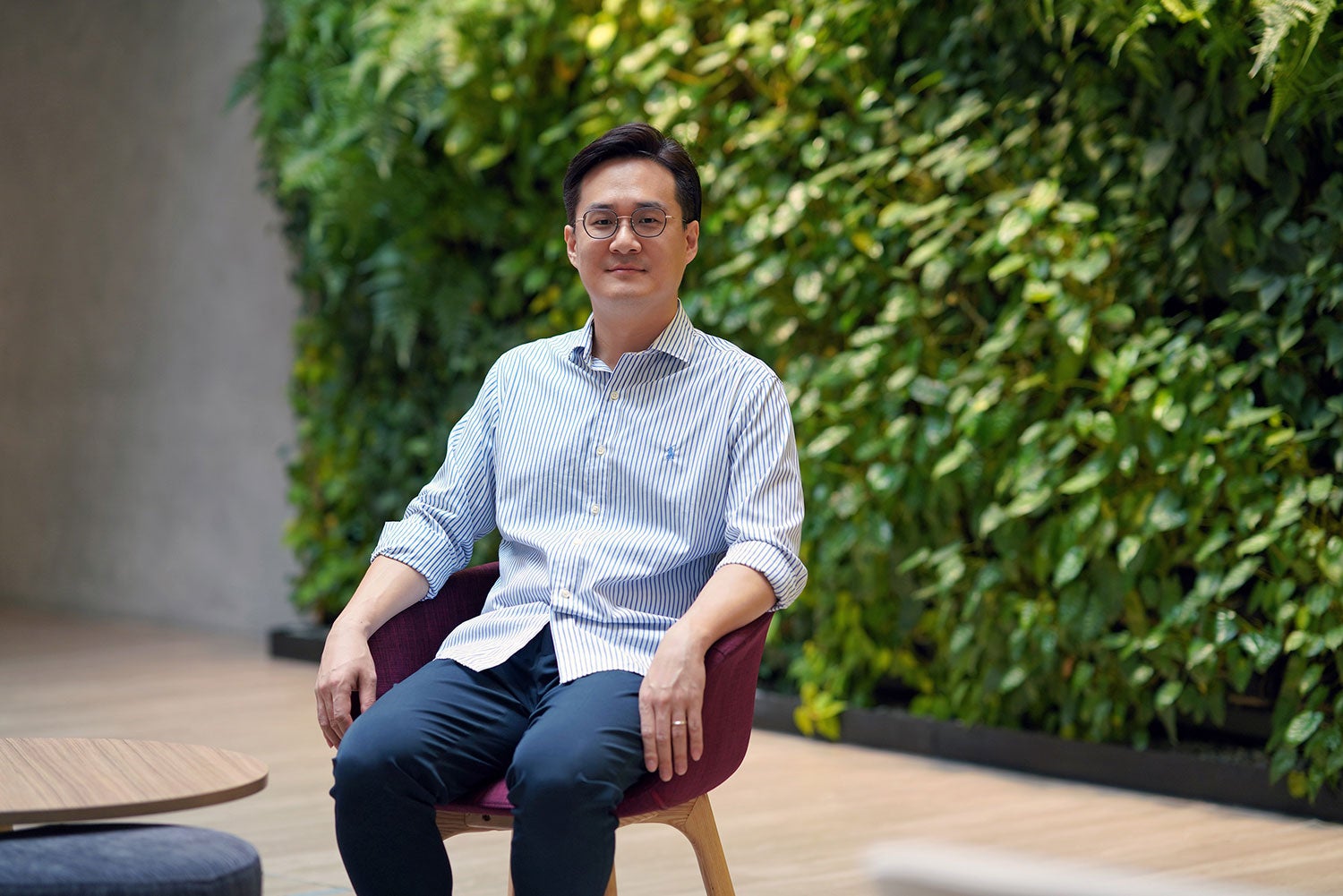
“It means they do not spend a lot of time creating the functions that already exist. Instead, they try to make their own functions that are unique and attractive to others,” he says. This is especially because such externally developed source codes are more likely to have been previously vetted by a larger group of developers, ensuring they’re of a good standard.
The second thing Um’s team uncovered from their study was that when choosing which existing applications to use, new developers who picked popular ones were more likely to find success with their products. He circles back to example of Uber adopting Google Map’s API. “There may be other map APIs available, but instead of selecting unknown ones, when new developers pick the most popular ones, that helps their own application be more functionally stable,” Um says, who presented these findings last December at the 39th International Conference on Information Systems in San Francisco.
The response to their work has been more than encouraging, says Um. Since then, the team has been invited to give talks at the London School of Economics and other top institutions. They’re also now collaborating with researchers from the University of Notre Dame in Indiana to further their work (focusing on edge/link prediction modeling), and are in the process of applying for additional funding from Google and the acclaimed Alfred P. Sloan Foundation. For his research, Um’s previous studies received funding in 2015 from the National Science Foundation in the U.S. — the first time the foundation had issued grants to a social science project involving the use of big data.
“The main motivation of our work is to understand the underlying mechanism of how innovation in ecosystems take place,” says Um. “Hopefully, we can contribute to society and help people create platform systems and ecosystems more easily.”
Paper:
Popularity and Competition in a Digital Platform Ecosystem: A Network Perspective

